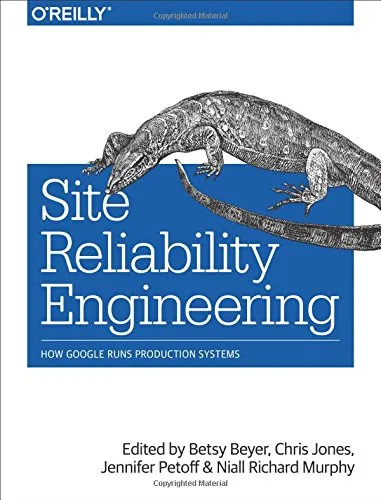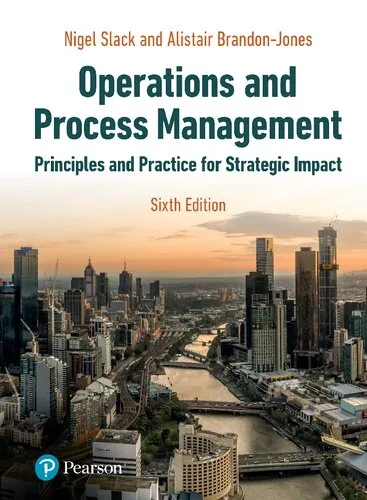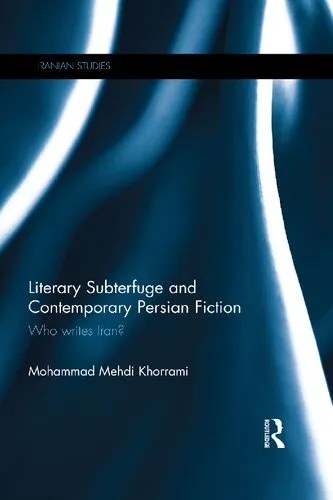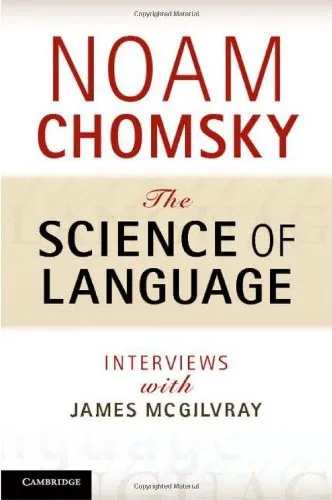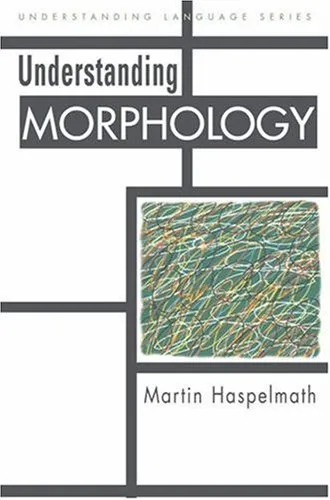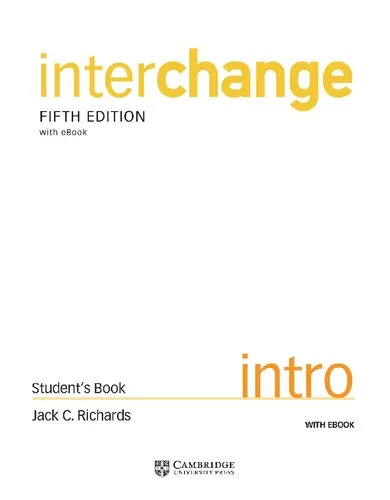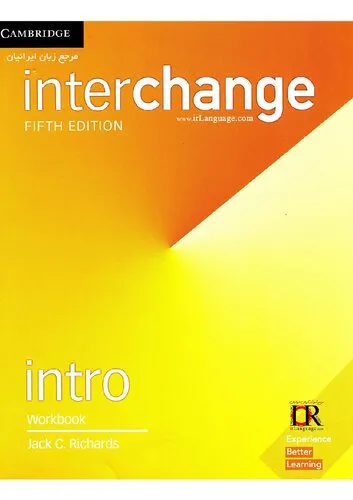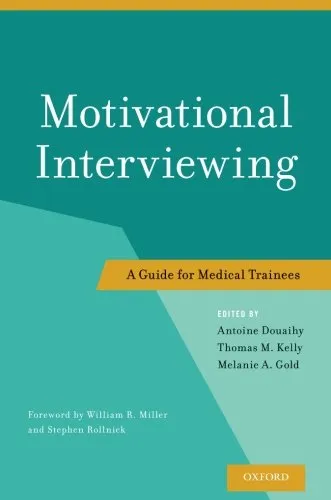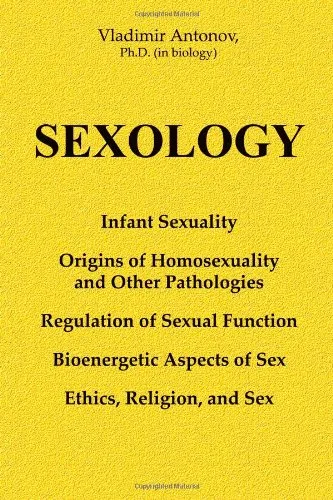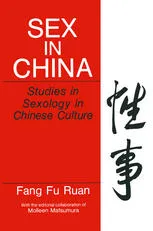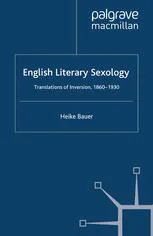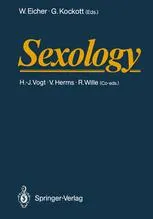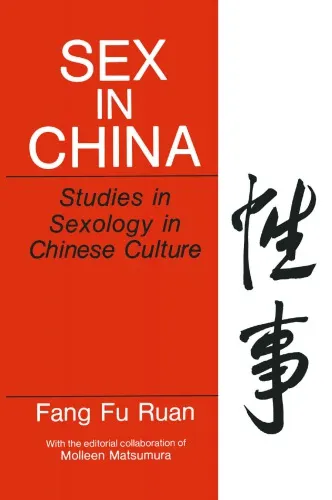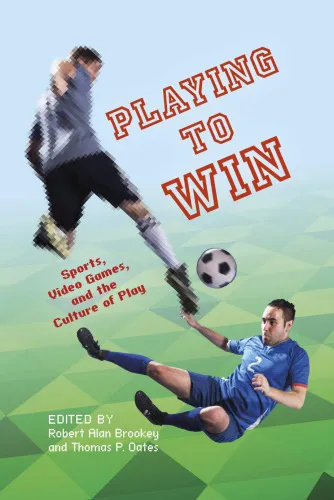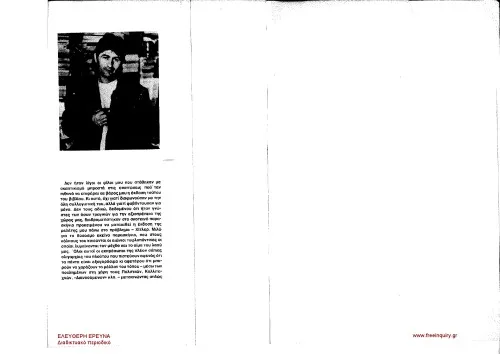Language in Society
4.2
Reviews from our users

You Can Ask your questions from this book's AI after Login
Each download or ask from book AI costs 2 points. To earn more free points, please visit the Points Guide Page and complete some valuable actions.Related Refrences:
Analytical Summary
The book section titled Language in Societypp.527—548 stands as a significant scholarly contribution to contemporary sociolinguistics, bringing together a nuanced exploration of language use across social contexts. Authored by TORRAS, MARIA-CARME and GAFARANGA, JOSEPH, this work examines how linguistic choices intersect with social identities, cultural dynamics, and institutional practices. The writing offers a bridge between theory and application, guiding the reader through complex sociolinguistic phenomena with an engaging yet rigorous scholarly approach.
In this detailed segment, the authors analyze language as both a social product and a social instrument—emphasizing that speech acts are not merely individual expressions, but structured by broader societal conventions and power relations. Sociolinguistic analysis is intertwined with empirical observations, situating discourse strategies within multilingual and multicultural settings. The section traverses topics such as code-switching, conversational sequencing, and the negotiation of meaning in everyday interactions, recognizing language as a locus of identity negotiation.
Throughout, Language in Societypp.527—548 articulates the importance of context sensitivity, drawing attention to how meaning changes with audience, setting, and goals of conversation. Methodologies adopted in the analysis range from micro-level conversation analysis to macro-level sociological frameworks, ensuring that theoretical insights are grounded in observable realities. This multifaceted approach makes the section a rich resource for academics, linguists, and professionals who seek to deepen their understanding of communication in society.
Key Takeaways
Readers of Language in Societypp.527—548 will walk away with valuable lessons about the intricate interplay between language and social structures. From theoretical clarity to practical implications, the key takeaways encapsulate the essence of the authors’ research and perspectives.
First, language choices are never neutral—they are embedded within cultural norms and social systems, reflecting dimensions of power and identity. Second, discourse strategies such as code-switching are revealed to be not only communicative tactics but also tools for negotiating belonging and difference. Third, the section underscores the importance of analyzing language within situational context, rejecting one-size-fits-all interpretations of communicative behavior. Fourth, the work emphasizes methodological pluralism, demonstrating how combining different analytical lenses yields a fuller picture of social interaction. Finally, it reiterates that sociolinguistic expertise is essential for understanding real-world issues ranging from education and policy-making to intercultural dialogue.
Memorable Quotes
Language is not merely a tool for exchange—it is a mirror of societal structure.Unknown
Every conversational choice maps a terrain of identity and belonging.Unknown
Discourse strategies reveal as much about culture as they do about the speaker.Unknown
Why This Book Matters
Language in Societypp.527—548 matters because it provides a precise lens through which to understand the pervasive role of language in shaping social life. In an era marked by increasing multilingualism and global interconnectedness, the capacity to decipher linguistic practices is not merely academic—it has tangible implications for policy, education, and cross-cultural communication.
Through careful research and analytical rigor, the authors invite professionals and researchers to see beyond words and into the social fabric that language weaves. The text’s attention to sociolinguistic analysis and discourse strategy makes it an indispensable reference point for scholars mapping the complex terrains of communication across cultures. While information on its publication year is unavailable due to no reliable public source, its relevance remains undiminished. This work positions itself as both a teaching resource and a stimulant for further investigation into language as a societal cornerstone.
Inspiring Conclusion
In closing, Language in Societypp.527—548 stands as a detailed and reflective examination of how our words and expressions are intertwined with the social worlds we inhabit. It invites readers to move beyond surface meanings, to appreciate the strategic deployments of language in shaping relationships, identities, and societal structures.
Whether you are a seasoned academic, a policy maker, or a curious professional, the work’s insights into sociolinguistic analysis and discourse strategies offer tools to navigate and interpret the communicative landscapes around us. We encourage you to read, share, and discuss this section with peers and colleagues to foster richer understanding and transformative dialogue. In doing so, you carry forward the message and scholarship embodied in Language in Societypp.527—548.
Free Direct Download
You Can Download this book after Login
Accessing books through legal platforms and public libraries not only supports the rights of authors and publishers but also contributes to the sustainability of reading culture. Before downloading, please take a moment to consider these options.
Find this book on other platforms:
WorldCat helps you find books in libraries worldwide.
See ratings, reviews, and discussions on Goodreads.
Find and buy rare or used books on AbeBooks.
1141
بازدید4.2
امتیاز0
نظر98%
رضایتReviews:
4.2
Based on 0 users review
Questions & Answers
Ask questions about this book or help others by answering
No questions yet. Be the first to ask!



